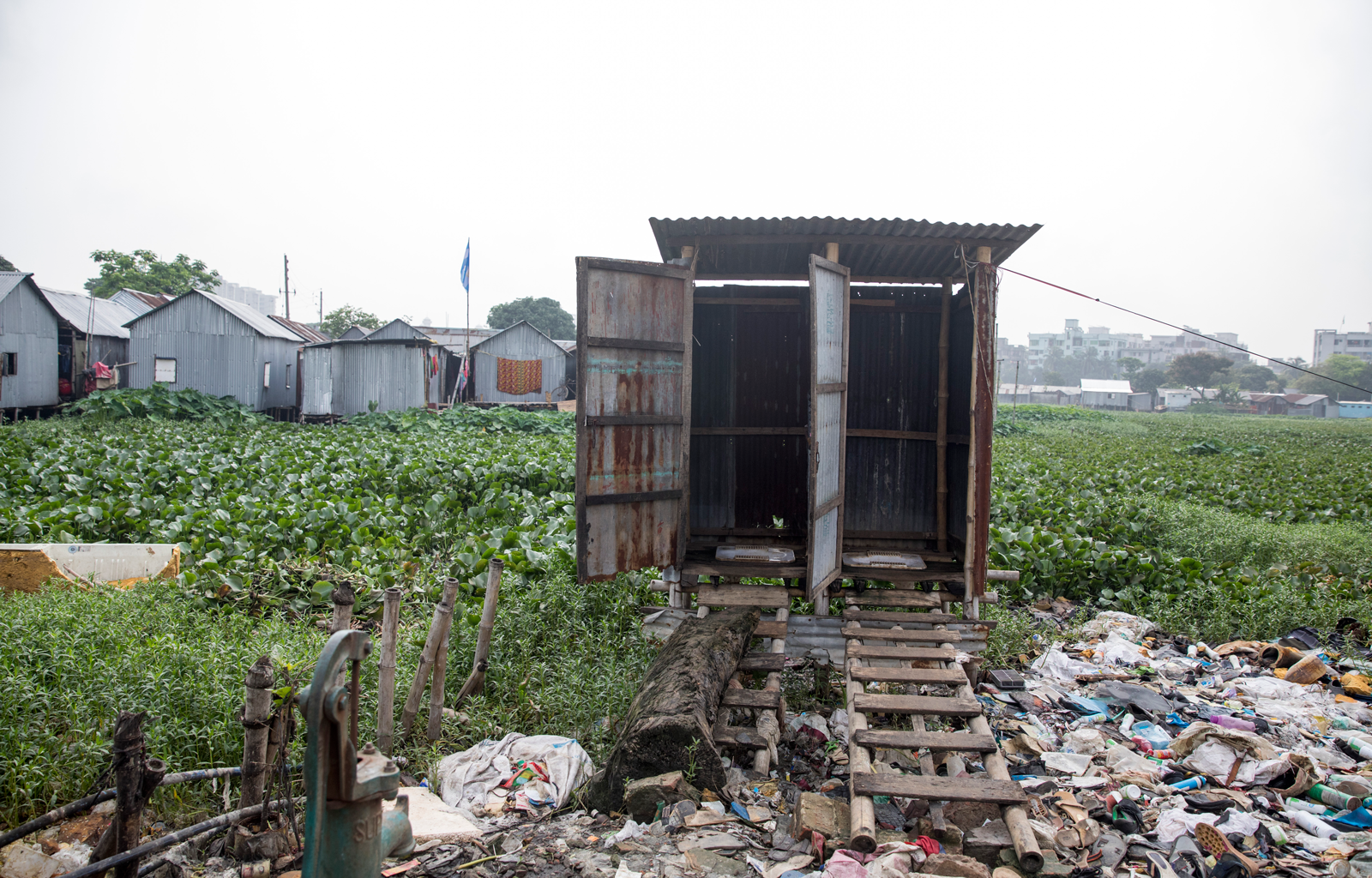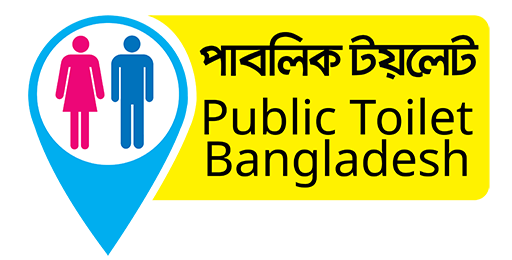Unimproved Toilets

Click on the 5 features to increase the toilet's Hygiene Level
Ubiquitous issue of Unimproved Toilet
Pit latrines have gained widespread popularity in households in both rural and urban areas of Bangladesh as an alternative to communal sanitation. These latrines are generally made of local materials, such as bamboo trusses and metal. However, these establishments are ill-designed, non-sewered sanitation systems that can overflow when not serviced.
The unimproved sanitation facilities have non-hygienic designs and are not connected to sewer pipes or septic tanks. According to data from the JMP 2016 report, 85.6 million people in Bangladesh do not own a decent toilet. In rural settlements, the latrines are preferably situated in courtyards shaded by trees or on narrow streets. These poorly-made pit latrines are prone to damage from heavy rainfall and floods. On the other hand, in urban slums, pit latrines are shared by many people in a community.
Data from the 2014 slum census showed that 42.2% of households use pit latrines. The pits are discharged or emptied openly on land or water bodies or on channels where waste is not disposed in situ, or transported offsite for treatment. Moreover, the process of cleaning a pit can be unsafe, risking exposure to various ailments. The pit is cleaned by manual scavengers who do not use adequate protection while having contact with human waste.

Download the Public Toilet Bangladesh app(Only for Android):
https://play.google.com/store/apps/details?id=softworks.com.toilettracker





